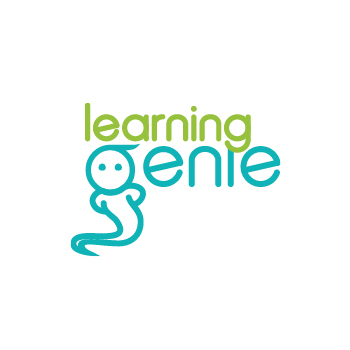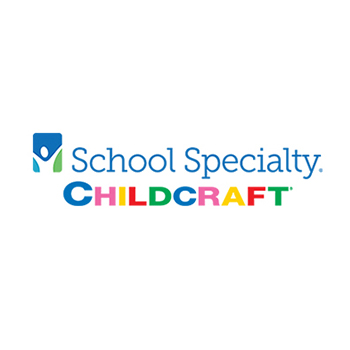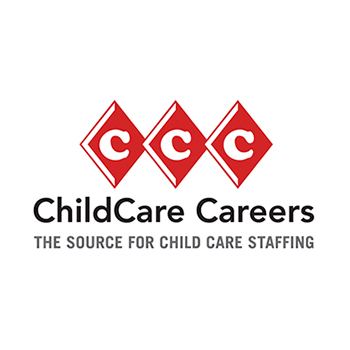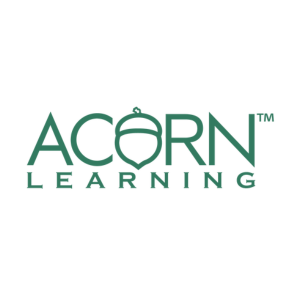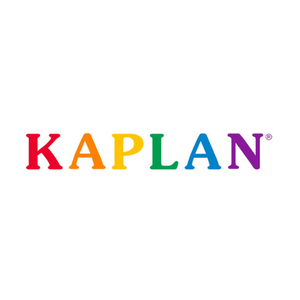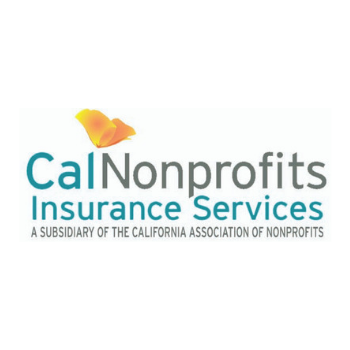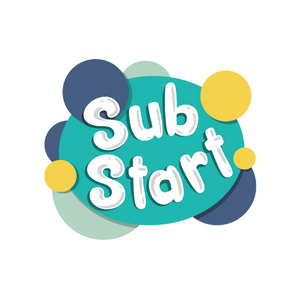Written By: Marissa LaBreque, Hanna Institute
 In the last year, we have heard from so many of you that classroom behavior is increasingly elevated and challenging. Even relationships with families and co-workers have become more intense. In early childhood education settings, creating a calm and safe environment is crucial, especially for children who have experienced trauma. We all understand that. But actually achieving it is not always easy. And the more escalated everyone around you becomes, the harder it is to stay regulated yourself.
In the last year, we have heard from so many of you that classroom behavior is increasingly elevated and challenging. Even relationships with families and co-workers have become more intense. In early childhood education settings, creating a calm and safe environment is crucial, especially for children who have experienced trauma. We all understand that. But actually achieving it is not always easy. And the more escalated everyone around you becomes, the harder it is to stay regulated yourself.
The Attachment, Regulation, and Competency (ARC) framework provides a holistic approach to foster such environments by focusing on strong attachment, self-regulation, and competency development. Here’s how we can apply the ARC framework to benefit caregivers, children, and families in Head Start programs.
In this article, we share an explanation of the ARC Framework, some examples, and other tools we use to keep things safe, respectful, and calm for children, families, and ourselves.
The Goal of the ARC Framework: Connection Over Correction
Prioritizing connection over correction is essential in a trauma-responsive space. When situations escalate and behavioral corrections are needed, care providers can engage children in conversations instead of resorting to punitive measures. By helping children understand their options and the impact of their actions, providers promote safety and trust, transitioning children from survival mode to a state of calm and security.
What we like about ARC is that it works to build trust and develop safety, and it works in escalated situations to return to calm.
Attachment example to build trust: Building strong relationships with each child involves spending quality time, actively listening to their needs, and creating a secure environment. This helps children feel valued and understood, laying the foundation for a trusting relationship.
Attachment example in an escalated situation: A child becomes upset and starts throwing toys after being told it’s time to clean up. Prioritize connection over correction by getting down to the child’s eye level and speaking in a calm, reassuring tone. Say something like, “I can see you’re really upset right now. I’m here with you, and we can work through this together.” Spend a few moments listening to the child’s concerns and acknowledging their feelings. This helps the child feel understood and safe, which can de-escalate the situation.
Self-regulation example to build trust: Care providers can model healthy self-regulation strategies, such as deep breathing exercises, mindfulness activities, or taking short breaks. Demonstrating these techniques helps children learn how to manage stress, frustration, and other challenging emotions.
Self-regulation example in an escalated situation: A child is having a tantrum and screaming because they don’t want to leave the playground. Model healthy self-regulation strategies by demonstrating deep breathing or other calming techniques. You might say, “Let’s take a few deep breaths together to help us feel calmer.” Guide the child through a simple breathing exercise, encouraging them to inhale slowly through the nose and exhale through the mouth. Or even just sit near them and breathe deeply without words. This can help the child regain control over their emotions and reduce the intensity of their reaction.
Competency example to build trust: Supporting children in developing a positive sense of identity involves celebrating their strengths and accomplishments. Creating an inclusive environment that values diversity and promotes belonging helps each child feel competent and confident.
Competency example in an escalated situation: A child becomes frustrated and starts crying because they can’t complete a puzzle. Support the child’s sense of competency by breaking down the task into smaller, more manageable steps and providing encouragement. You could say, “I know this puzzle is tricky, but let’s try it together. Can you find a piece with a straight edge to start?” Celebrate small successes along the way, like finding a piece that fits, to build the child’s confidence and resilience. This approach helps the child develop problem-solving skills and a growth mindset.
Know Your Boundaries and Set Limits
Boundaries are essential for maintaining respect and love for oneself and others. They help relationships flourish by ensuring mutual understanding and care.
Example: A care provider might say, “I will not accept people yelling at me because when they yell, I cannot respond well.” This sets a clear expectation for respectful communication.
Communicating Boundaries
Clear communication of boundaries is crucial. Care providers should explain the behaviors they will not accept and why these boundaries are important. This fosters a shared understanding, promoting predictability, trust, and a sense of safety.
Example: If a parent is yelling during a discussion, a care provider might say, “I do not appreciate being yelled at because I cannot focus. If you want this conversation to continue, I need you to lower your voice. Otherwise, we will need to continue later.”
Setting Limits
Setting limits involves stopping behaviors that violate boundaries. Limits should be communicated clearly and respectfully, highlighting options and their consequences without appearing punitive.
Example: Instead of saying, “If you don’t clean up, you can’t play with the others,” a care provider might say, “If you clean up, you will make the space safer for you and your friends. If you do not clean up, someone might trip over a toy and get hurt.”
Be Consistent and Fair
Consistency is key in maintaining boundaries and limits. Applying the same standards to everyone ensures fairness and predictability, which are essential for effective conflict resolution.
Pause and Reflect
Reflect on the behaviors you will not accept from children, families, or coworkers. Understanding why these boundaries are important to your ability to respect and love yourself helps maintain a healthy and safe environment for everyone.
The ARC framework, with its focus on attachment, regulation, and competency, helps create a nurturing and developmentally appropriate environment for young learners. By building connections, regulating emotions, and setting clear boundaries, we can promote safety and healthy conflict resolution in Head Start settings. Intense moments are inevitable but the more work we do in preparation for those moments, the less we are all troubled by them.
Hanna Institute trains in trauma-responsive techniques to build transformative and safe workplaces. Our Trauma-Equipped Training course is full of practical and ready-to-use perspectives and tools to de-escalate and develop trust. Learn more

